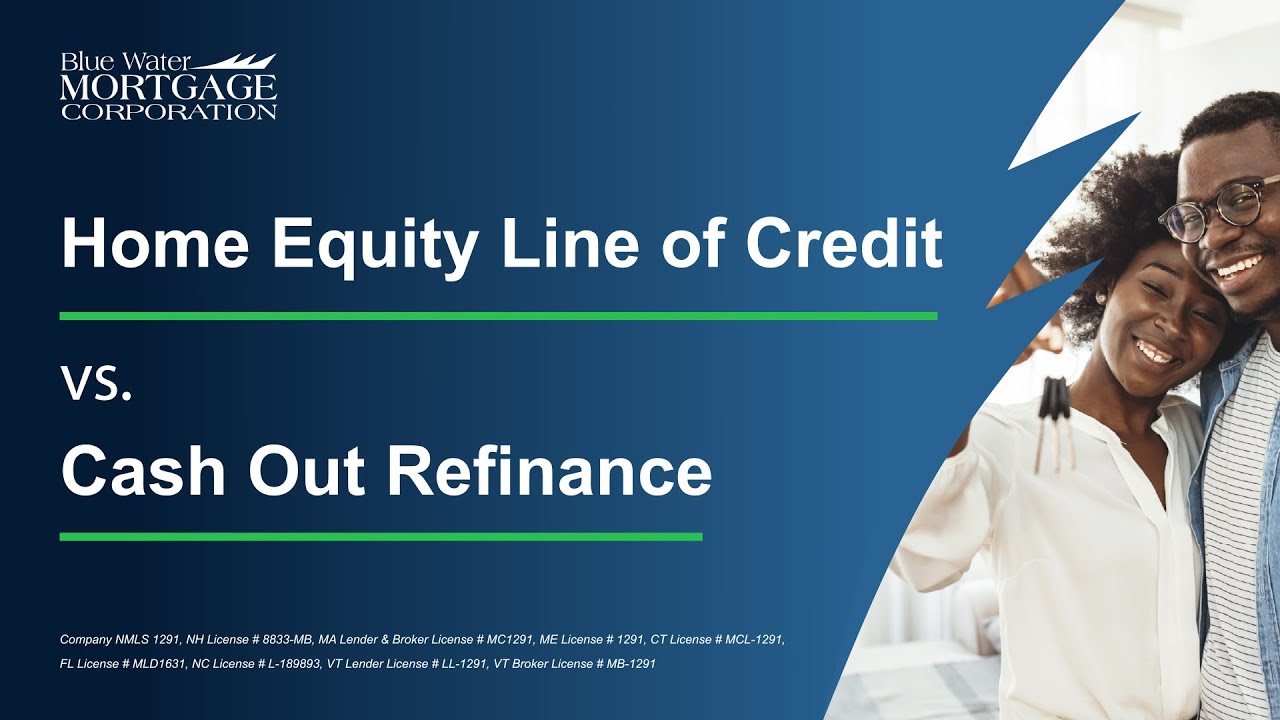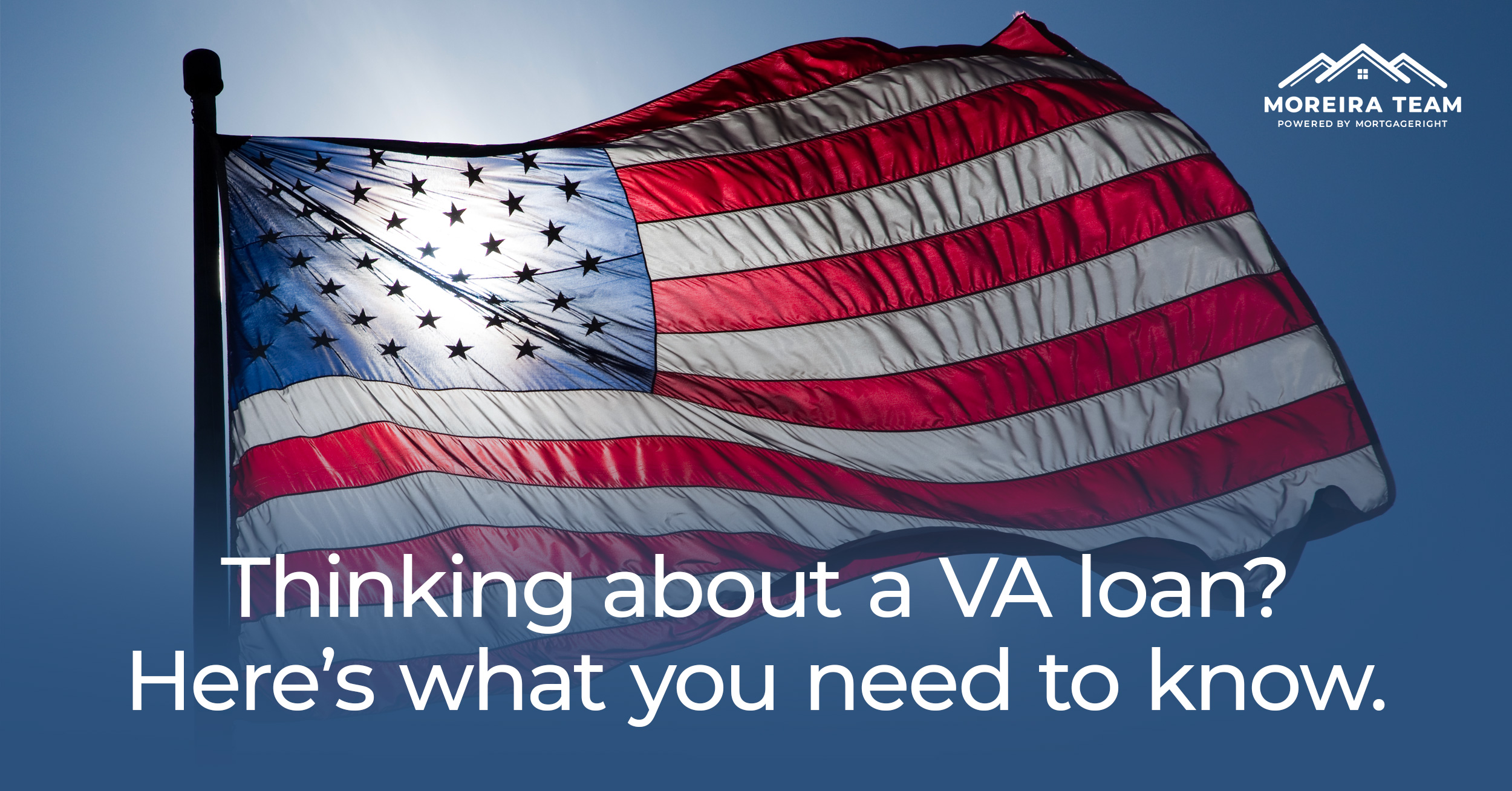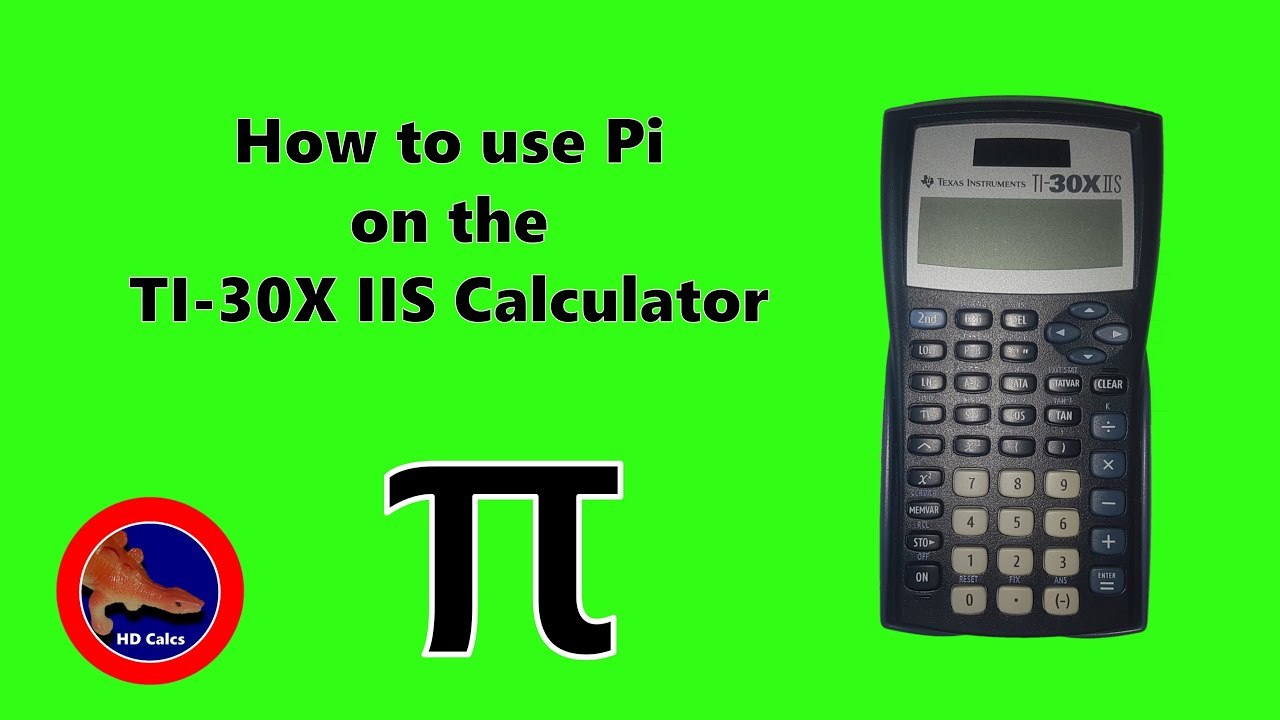
One of the benefits of a HELOC is that it is flexible and allows you to make payments as needed. Payments can be made with a credit card, a check or cash from the bank. The draw period will be short, so your payments will not include interest. HELOCs permit you to pay off the principal loan, but you will be charged fees if this happens.
Rates of interest can fluctuate in time
HELOCs provide a great opportunity to obtain credit at a low interest rate and for a prolonged period. Because interest rates are subject to change, it is important that you shop around to find the best rate that suits your needs. A small change in interest rates could make a big difference in the amount you end up paying over your loan's life.
HELOC interest rates are often variable and are determined by a number of factors including the prime rate as well as the federal funds rate. The prime rate is usually three percentage points above the federal funds rate, and lenders often align their HELOC rates based on it.

The draw period for a HELOC ranges from 10 to 20 year. This is the time that the borrower is allowed to withdraw money from the line. During this period, the borrower can make payment on the remaining balance until the loan has been fully repaid.
Refinancing or closing a HELOC before the draw period ends
A HELOC is a good financial tool if used correctly. If you don't pay the loan off within the set time, it could become a trap. This can be avoided by carefully reading the terms. HELOCs, which are usually variable-rate loans with an adjustable interest rate, can be subject to changes in market conditions.
It is essential to know the end date of your draw period. A HELOC typically has a 20-year draw period. The draw period ends and the repayment period begins. Most lenders allow you to make interest-only payments during the draw period, but they may require you to make a minimum payment that includes some of the principal.
It is crucial to read the terms before signing any loan documents. Refinancing or closing a HELOC before the draw period ends can help you avoid a prepayment penalty. It's a good idea for you to talk to a financial planner to determine if the account should be closed.

Tips for a successful time period of heloc drawing
A HELOC (Home Equity Line of Credit) is an open credit line that is based on your equity in your home. This credit line allows you to borrow as many funds as you need and can be paid off over five to ten year periods. Although you will need to pay interest for the amount that is borrowed, you can usually repay less than the amount each month.
HELOCs can be used several times in a draw period. This is beneficial if you need large amounts of money for ongoing expenses but don't know exactly how much. For example, you may need large sums of money to remodel your garage. This could include hiring a contractor for the floor or purchasing cabinets. A painter may be needed to paint your garage. A HELOC allows you to borrow exactly the amount you need.
FAQ
How do I calculate my interest rate?
Market conditions affect the rate of interest. The average interest rate over the past week was 4.39%. To calculate your interest rate, multiply the number of years you will be financing by the interest rate. If you finance $200,000 for 20 years at 5% annually, your interest rate would be 0.05 x 20 1.1%. This equals ten basis point.
Are flood insurance necessary?
Flood Insurance protects against damage caused by flooding. Flood insurance protects your belongings and helps you to pay your mortgage. Learn more about flood insurance here.
Can I afford a downpayment to buy a house?
Yes! Yes. These programs include conventional mortgages, VA loans, USDA loans and government-backed loans (FHA), VA loan, USDA loans, as well as conventional loans. For more information, visit our website.
What are the cons of a fixed-rate mortgage
Fixed-rate mortgages tend to have higher initial costs than adjustable rate mortgages. You may also lose a lot if your house is sold before the term ends.
Is it cheaper to rent than to buy?
Renting is generally less expensive than buying a home. However, renting is usually cheaper than purchasing a home. A home purchase has many advantages. For example, you have more control over how your life is run.
What are the three most important things to consider when purchasing a house
The three main factors in any home purchase are location, price, size. The location refers to the place you would like to live. Price refers the amount that you are willing and able to pay for the property. Size refers to how much space you need.
What amount should I save to buy a house?
It all depends on how long your plan to stay there. Start saving now if your goal is to remain there for at least five more years. But, if your goal is to move within the next two-years, you don’t have to be too concerned.
Statistics
- 10 years ago, homeownership was nearly 70%. (fortunebuilders.com)
- Based on your credit scores and other financial details, your lender offers you a 3.5% interest rate on loan. (investopedia.com)
- When it came to buying a home in 2015, experts predicted that mortgage rates would surpass five percent, yet interest rates remained below four percent. (fortunebuilders.com)
- It's possible to get approved for an FHA loan with a credit score as low as 580 and a down payment of 3.5% or a credit score as low as 500 and a 10% down payment.5 Specialty mortgage loans are loans that don't fit into the conventional or FHA loan categories. (investopedia.com)
- Over the past year, mortgage rates have hovered between 3.9 and 4.5 percent—a less significant increase. (fortunebuilders.com)
External Links
How To
How to Buy a Mobile Home
Mobile homes are houses constructed on wheels and towed behind a vehicle. Mobile homes have been around since World War II when soldiers who lost their homes in wartime used them. People who live far from the city can also use mobile homes. These houses come in many sizes and styles. Some houses have small footprints, while others can house multiple families. There are even some tiny ones designed just for pets!
There are two main types for mobile homes. The first is built in factories by workers who assemble them piece-by-piece. This takes place before the customer is delivered. You can also build your mobile home by yourself. It is up to you to decide the size and whether or not it will have electricity, plumbing, or a stove. Next, make sure you have all the necessary materials to build your home. Final, you'll need permits to construct your new home.
Three things are important to remember when purchasing a mobile house. You might want to consider a larger floor area if you don't have access to a garage. You might also consider a larger living space if your intention is to move right away. You should also inspect the trailer. It could lead to problems in the future if any of the frames is damaged.
It is important to know your budget before buying a mobile house. It is important that you compare the prices between different manufacturers and models. It is important to inspect the condition of trailers. Although many dealerships offer financing options, interest rates will vary depending on the lender.
You can also rent a mobile home instead of purchasing one. Renting allows you to test drive a particular model without making a commitment. Renting isn't cheap. Renters typically pay $300 per month.